
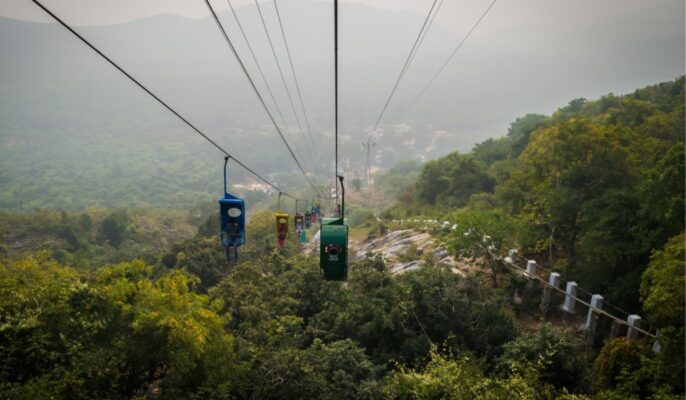
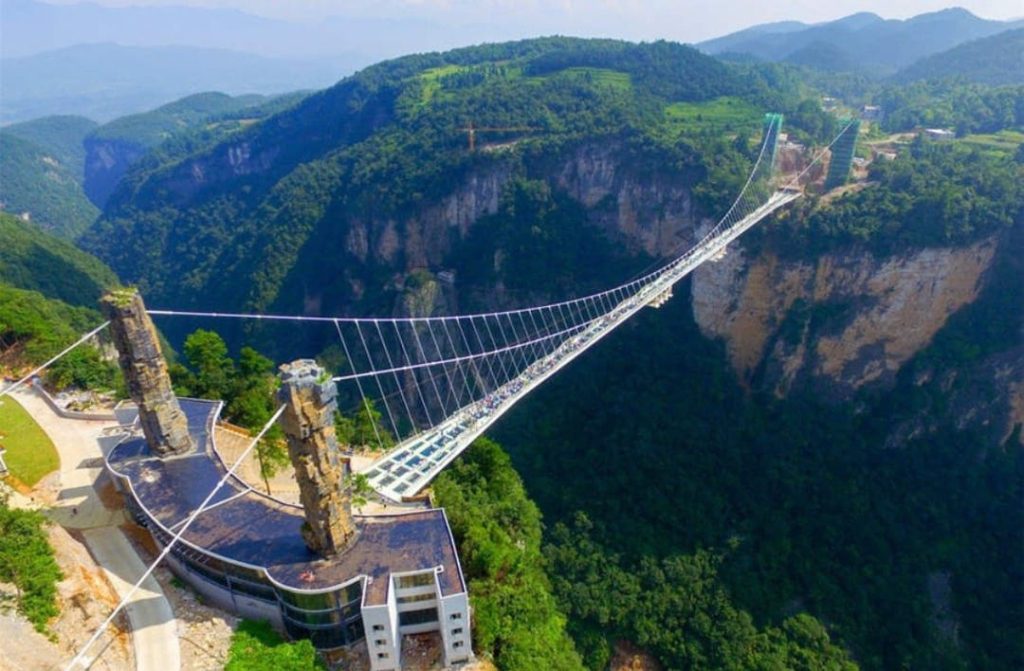
Rajgir
Rajgir is a historic city located in the Nalanda district of the Indian state of Bihar. It holds immense cultural and religious significance in India, particularly for followers of Buddhism and Jainism.
Historical Significance: Rajgir has a rich history dating back to ancient times. It was the capital of the Magadha Empire in the 6th century BCE and flourished under the rule of King Bimbisara and his son King Ajatashatru. The city witnessed significant events during the time of the Buddha and Mahavira, founders of Buddhism and Jainism respectively.
Religious Importance: Rajgir is closely associated with the Buddha. It was in Rajgir’s Griddhakuta Hill (Vulture’s Peak) that the Buddha is said to have delivered many important sermons, including the Lotus Sutra and the Heart Sutra. The Japanese Buddhist pilgrim monk, Faxian, also visited Rajgir in the 5th century CE and described it as a significant Buddhist site.
Jain Pilgrimage: Rajgir is also sacred to Jains, as it is believed to be the place where Lord Mahavira, the 24th Tirthankara of Jainism, spent a considerable amount of time and attained spiritual enlightenment. There are several Jain temples and shrines in and around Rajgir dedicated to Mahavira and other Jain Tirthankaras.
Tourist Attractions: Apart from its religious significance, Rajgir boasts several tourist attractions. These include the ancient ruins of Rajgir Fort, which offers panoramic views of the surrounding area, the Vishwa Shanti Stupa (Peace Pagoda), hot springs at Saptaparni Cave, and the archaeological site of Venuvana Vihara where the Buddha spent many rainy seasons.
Accessibility: Rajgir is well-connected by road and rail. It is approximately 15 kilometers away from the city of Nalanda and around 100 kilometers away from the state capital, Patna.
Cultural Festivals: The Rajgir Mahotsav is an annual cultural festival that showcases the region’s art, culture, and traditions. It usually takes place in October or November and attracts tourists and visitors from across India.
Overall, Rajgir stands as a testament to India’s rich cultural and religious heritage, drawing pilgrims, historians, and tourists alike to its ancient sites and serene surroundings.
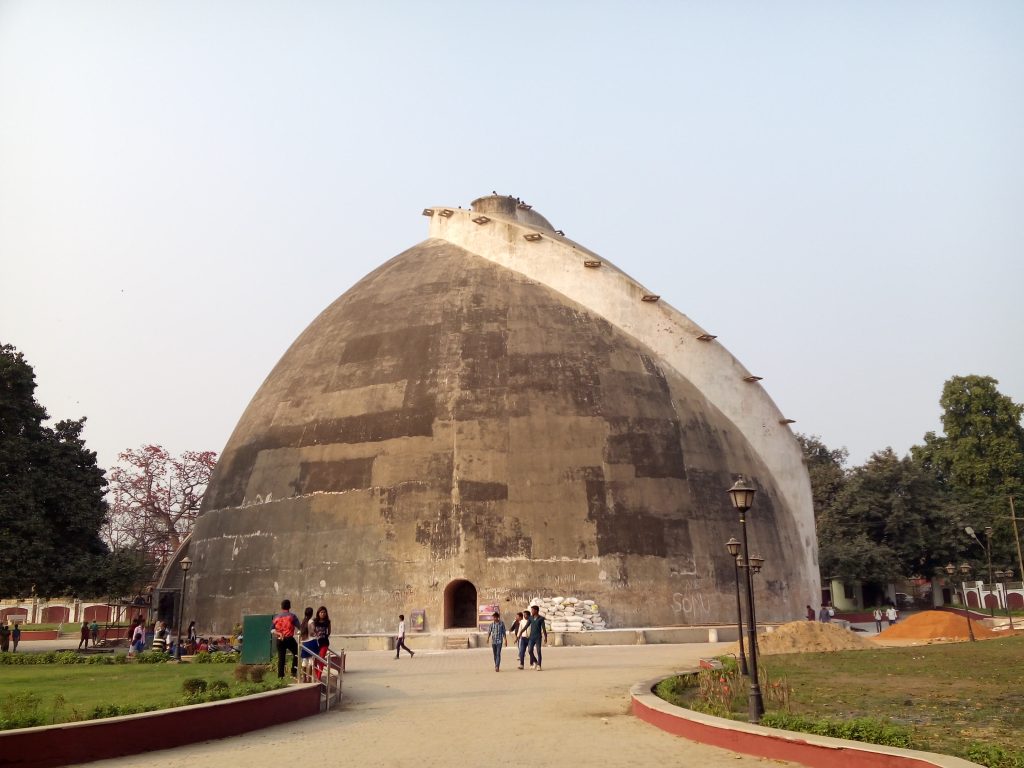
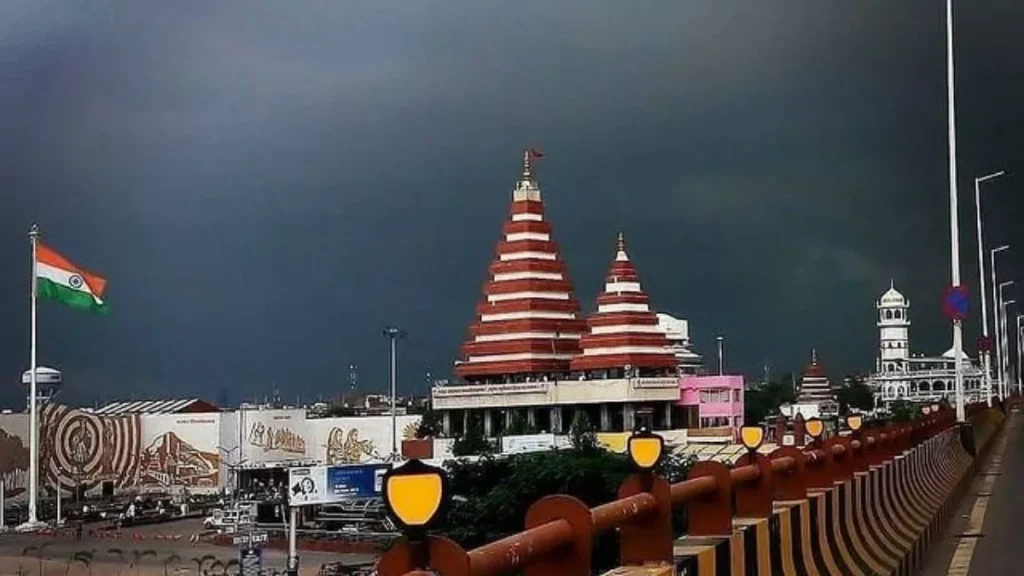
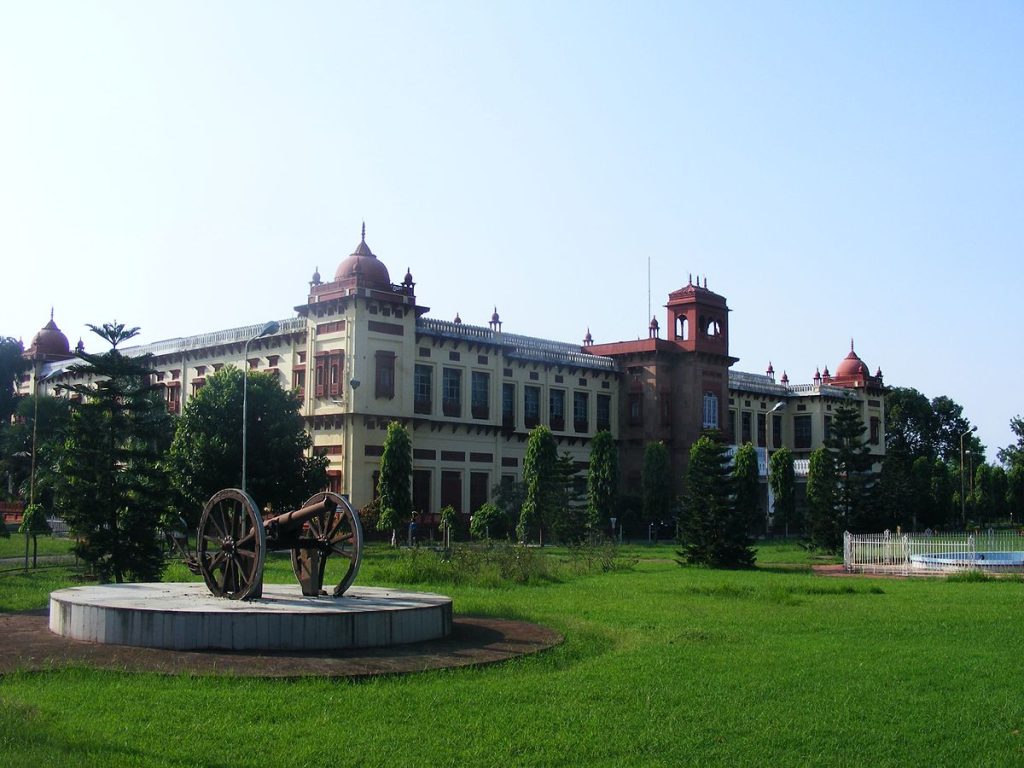
patna
Patna is the capital and largest city of the Indian state of Bihar.
Historical Significance: Patna has a rich history dating back thousands of years. It was originally known as Pataliputra and served as the capital of several ancient Indian kingdoms, including the Magadha Empire, Maurya Empire, Gupta Empire, and Pala Empire. Pataliputra was one of the most important cities in ancient India, witnessing the reigns of significant rulers like Chandragupta Maurya, Ashoka the Great, and Chandragupta Vikramaditya.
Cultural Heritage: Due to its historical significance, Patna is home to numerous landmarks and monuments from different periods of Indian history. These include the Golghar, a granary built by the British in the 18th century, the Patna Museum, showcasing a vast collection of artifacts dating back to ancient times, and the Agam Kuan (Unfathomable Well), believed to have been constructed during the Maurya dynasty.
Religious Diversity: Patna is a melting pot of various religious communities. It is home to numerous temples, mosques, gurdwaras, and churches. The Patna Sahib Gurudwara, also known as Takht Sri Harmandir Sahib, is one of the holiest Sikh shrines, as it is believed to be the birthplace of Guru Gobind Singh, the tenth Sikh Guru.
Educational Hub: Patna is an important educational center in Bihar, with several prominent educational institutions located in the city. These include Patna University, which is one of the oldest universities in India, and institutions like Indian Institute of Technology Patna (IIT Patna), National Institute of Technology Patna (NIT Patna), and Chanakya National Law University (CNLU).
Transportation Hub: As the capital city of Bihar, Patna serves as a major transportation hub for the region. It is well-connected by road, rail, and air. The city’s Jay Prakash Narayan International Airport provides domestic and international air connectivity.
Economic Importance: Patna is the economic center of Bihar and plays a significant role in the state’s economy. The city has a diverse economy, with sectors such as agriculture, industry, trade, and services contributing to its growth.
Cultural Events: Patna hosts various cultural events and festivals throughout the year, including the Chhath Puja, a prominent Hindu festival dedicated to the worship of the Sun God, which is celebrated with great fervor in the city.
Overall, Patna is a city with a rich historical and cultural heritage, serving as a vibrant center of commerce, education, and religious diversity in the state of Bihar.
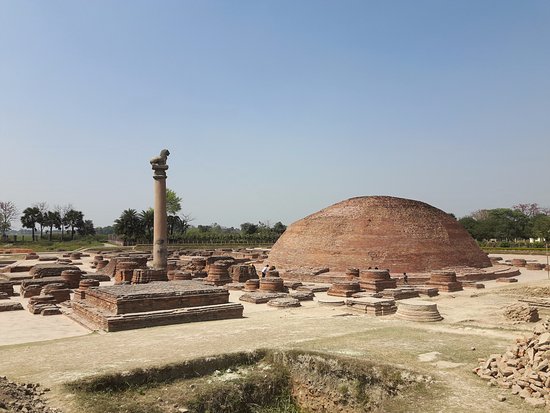
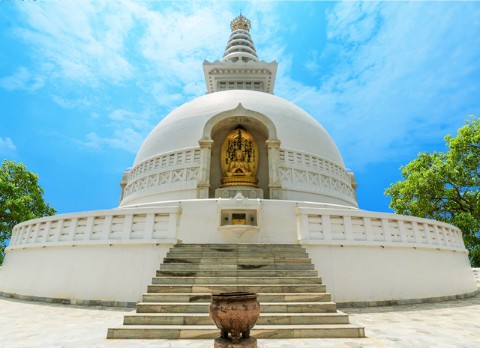
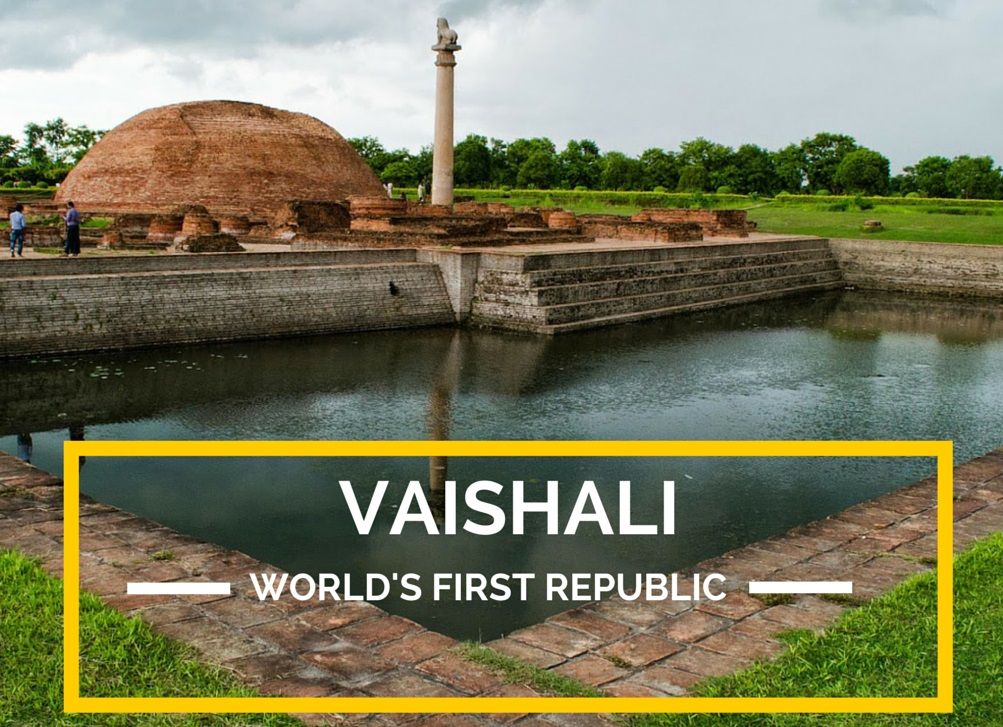
vaishali
Vaishali is an ancient city located in the present-day Indian state of Bihar. It holds immense historical, cultural, and religious significance.
Historical Importance: Vaishali is one of the oldest continuously inhabited cities in the world, with a history dating back over 2,500 years. It was the capital of the Licchavi Republic, one of the earliest republics in the world, and played a significant role in ancient Indian politics and culture.
Buddhist Connections: Vaishali is closely associated with Lord Buddha and Buddhism. It was here that Buddha delivered his famous last sermon, known as the “Vaishali Vaishakha Mahotsava Sutta,” before his Mahaparinirvana (passing away). The city also has several important Buddhist sites, including Kutagarasala Vihara and Ananda Stupa.
Jain Connections: Vaishali is also significant in Jainism. It is believed to be the birthplace of Lord Mahavira, the 24th Tirthankara of Jainism. The city has numerous Jain temples and shrines, including the Jain Mandir and the Ashoka Pillar, which bears inscriptions related to Jainism.
Archaeological Sites: Vaishali is home to several archaeological sites and ruins that provide insights into its ancient past. These include the remains of the ancient fort, monasteries, stupas, and Ashoka Pillar.
Cultural Heritage: The city has a rich cultural heritage and is known for its vibrant festivals, traditional arts, and crafts. The Vaishali Mahotsava is a popular cultural event celebrated annually, featuring music, dance, and folk performances.
Religious Pilgrimage: Vaishali is an important pilgrimage site for Buddhists, Jains, and Hindus. Devotees visit the city to pay homage to the sacred sites associated with their respective faiths.
Accessibility: Vaishali is well-connected by road and rail networks. The nearest major city is Patna, which is approximately 40 kilometers away. The city is easily accessible for tourists and pilgrims visiting the region.
Overall, Vaishali is a place of great historical and religious significance, attracting visitors from all over the world who come to explore its ancient heritage and spiritual legacy.
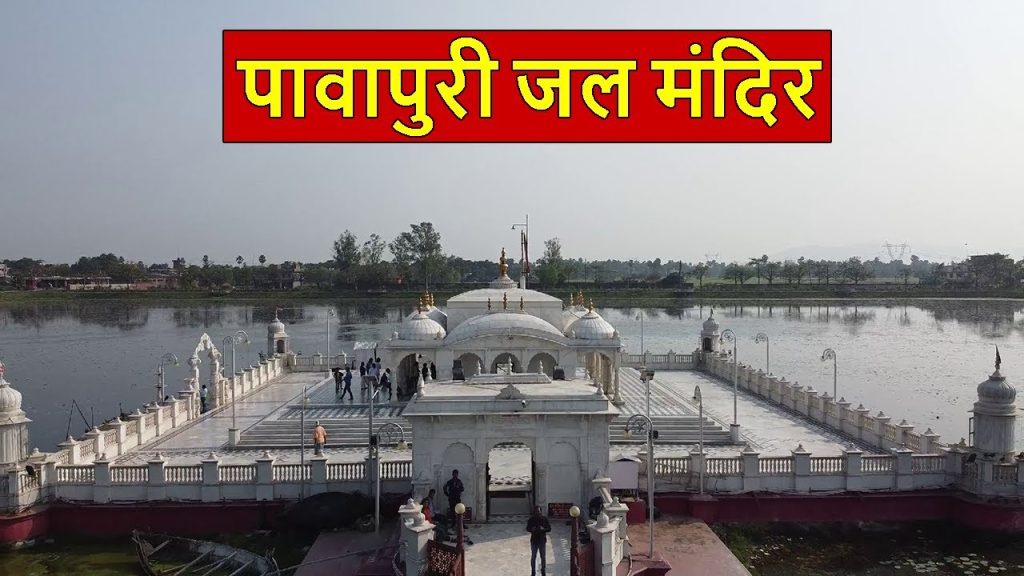
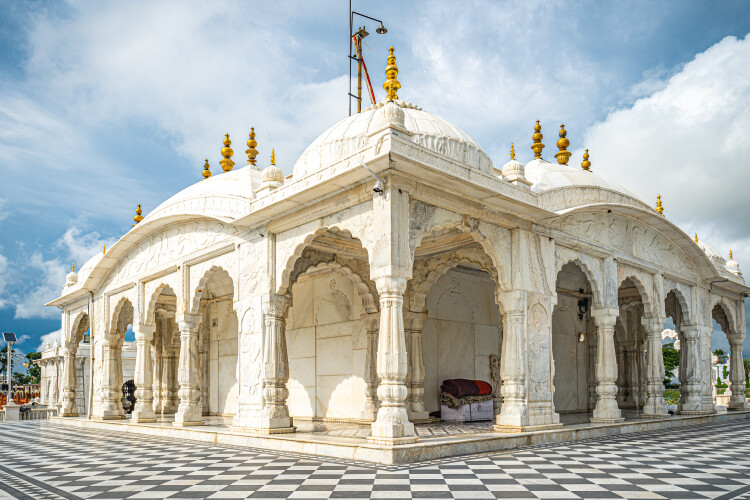
Pawapuri
Pawapuri is a small town located in the Nalanda district of Bihar, India. It is renowned as an important pilgrimage site for Jains and holds significant religious importance.
Religious Significance: Pawapuri is considered one of the holiest places for Jains. It is the place where Lord Mahavira, the 24th Tirthankara of Jainism, attained Moksha (liberation) around 500 BCE. According to Jain tradition, Lord Mahavira was cremated at Pawapuri.
Jal Mandir: The main attraction of Pawapuri is the Jal Mandir (Water Temple), also known as the “Temple in the Middle of Water.” It is built in the middle of a lake called Jalmandir Lake, which is believed to be the site of Mahavira’s cremation. Devotees visit the temple to offer prayers and seek blessings.
Samosharan Temple: Another important Jain temple in Pawapuri is the Samosharan Temple. It is dedicated to Lord Mahavira and features a large statue of him in a sitting posture. The temple complex also includes smaller shrines and meditation halls.
Religious Festivals: Pawapuri is host to various religious festivals and events, with the most significant ones being Mahavir Jayanti, the birth anniversary of Lord Mahavira, and Diwali, the festival of lights. These festivals attract a large number of pilgrims and tourists to the town.
Peaceful Environment: Pawapuri is known for its serene and tranquil surroundings. The picturesque lake and lush greenery make it an ideal place for meditation and spiritual reflection
Tourist Attractions: Apart from its religious significance, Pawapuri also offers some tourist attractions nearby. These include Nalanda, the ancient seat of learning and a UNESCO World Heritage Site, and Rajgir, a historic town known for its Buddhist and Jain sites.
Overall, Pawapuri holds a special place in Jainism as the site of Lord Mahavira’s Moksha, and it continues to be an important pilgrimage destination for Jains seeking spiritual fulfillment and enlightenment
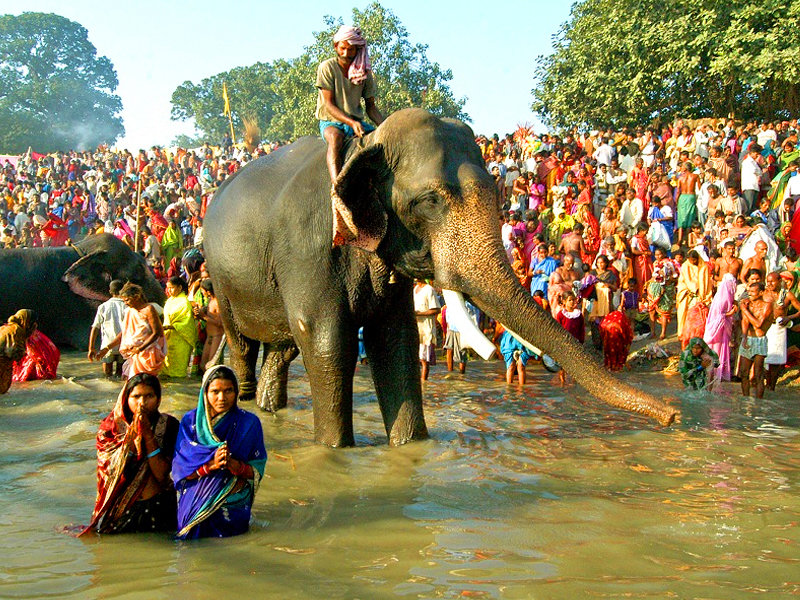
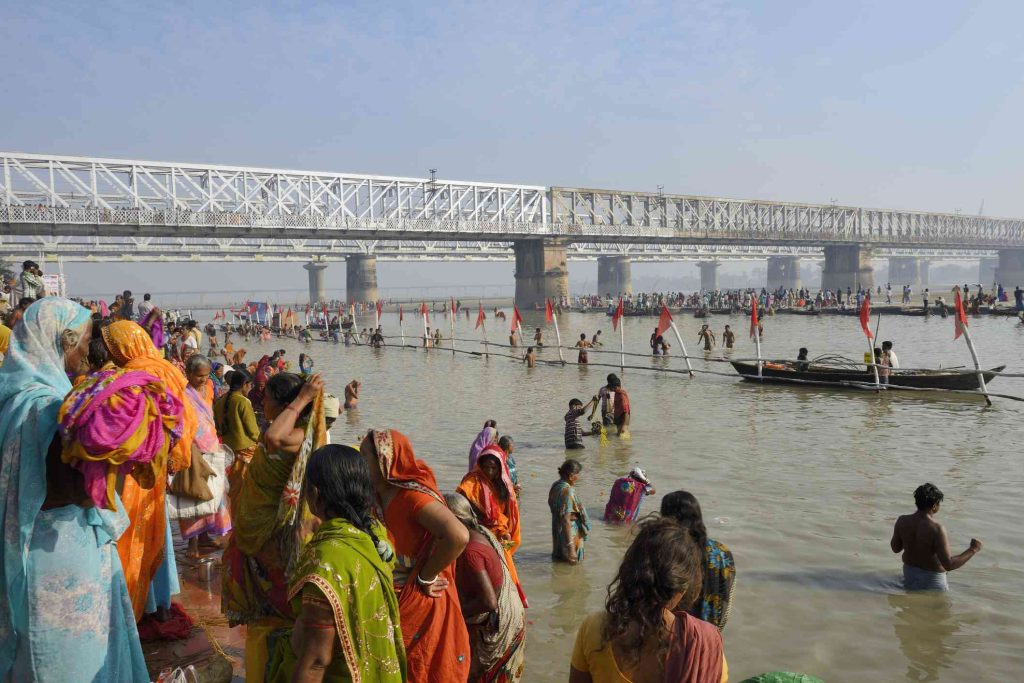
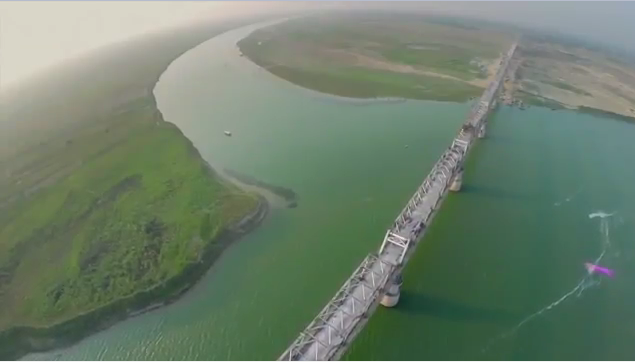
sonepur
Sonepur, also known as Subarnapur, is a city located in the Saran district of the Indian state of Bihar. It is situated on the banks of the River Gandak.
Geography: Sonepur is located in the northern part of Bihar and is bordered by the River Gandak on the north and the Ganges River on the south.
Cultural Significance: Sonepur is famous for the Sonepur Cattle Fair, one of the largest cattle fairs in Asia. It attracts traders, farmers, and tourists from various parts of India and abroad. The fair usually takes place in November and lasts for several weeks.
Sonepur Cattle Fair: The fair is renowned for its trading of various animals, including elephants, horses, cows, buffaloes, camels, dogs, and birds. Apart from the trading of animals, the fair also features various cultural programs, entertainment activities, and stalls selling a wide variety of goods.
Historical Importance: Sonepur has a rich historical background and is believed to have been a significant center during ancient times. It is said to have been part of the Mauryan and Gupta empires.
Economy: Agriculture is the primary occupation of the people in Sonepur, with the fertile lands along the banks of the Gandak River supporting cultivation of crops such as rice, wheat, sugarcane, and pulses. The Sonepur Cattle Fair also plays a significant role in the local economy, boosting trade and tourism.
Connectivity: Sonepur is well-connected by road and rail. The nearest major railway station is at Hajipur, which is about 25 kilometers away. The city is also accessible via the National Highway 19 (NH19) and various state highways.
Tourist Attractions: Apart from the Sonepur Cattle Fair, tourists can also visit other attractions in and around the city, including temples like Hariharnath Temple and the nearby Valmiki National Park, which is known for its diverse flora and fauna.
Overall, Sonepur holds both historical and cultural significance, with the Sonepur Cattle Fair being its most prominent event, drawing visitors from far and wide.
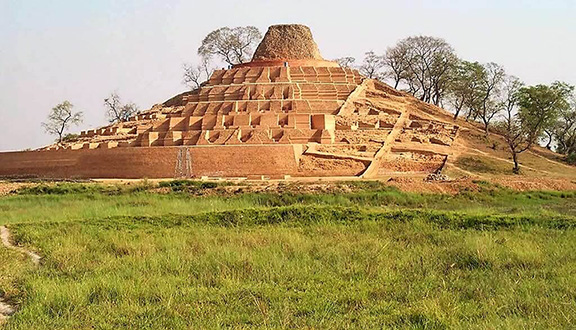
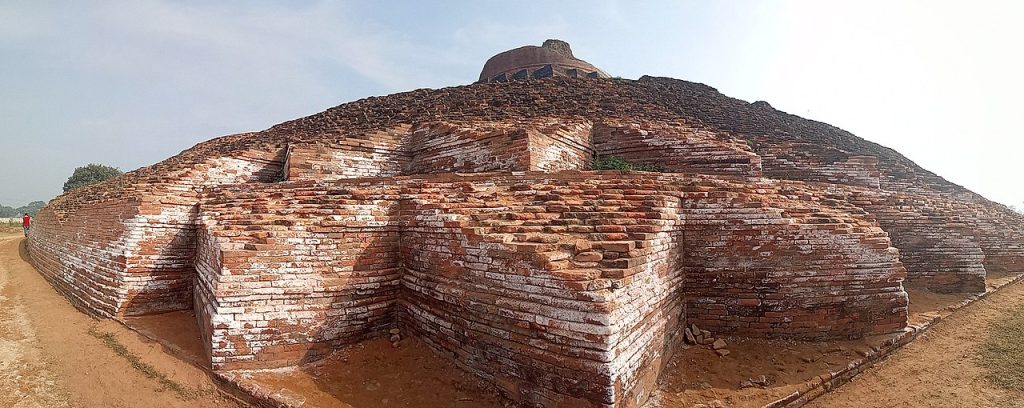
Kesariya Stupa
The Kesariya Stupa is a significant ancient Buddhist monument located in the Champaran district of Bihar, India.
Historical Significance: The Kesariya Stupa is believed to be one of the largest stupas in the world and dates back to the 3rd century BCE. It was built during the reign of Emperor Ashoka, a prominent Mauryan ruler who embraced Buddhism and played a crucial role in its spread across the Indian subcontinent.
Architectural Features: The stupa originally stood at a height of around 104 feet (31.6 meters) and had a diameter of about 140 feet (42.6 meters). It was constructed using bricks and covered with plaster. The stupa is said to have contained relics of the Buddha or other revered Buddhist figures, although no such relics have been found during excavations.
Location: The Kesariya Stupa is situated in the village of Kesariya, approximately 110 kilometers from the capital city of Patna. It is located near the town of Lauria Nandangarh and is surrounded by agricultural fields and rural landscapes.
Rediscovery and Restoration: The stupa remained largely neglected and in a state of ruin for centuries until its rediscovery in the late 20th century. Subsequent archaeological excavations and
Tourist Attraction: The Kesariya Stupa attracts tourists, historians, and Buddhist pilgrims from around the world. Visitors can explore the remains of the stupa, which stand as a testament to the ancient Buddhist heritage of the region.
Cultural Importance: The Kesariya Stupa is an important cultural and religious symbol for Buddhists, serving as a reminder of the spread and influence of Buddhism in ancient India. It reflects the architectural and artistic achievements of the Mauryan Empire under Emperor Ashoka’s patronage.
Overall, the Kesariya Stupa is a significant archaeological site and a reminder of Bihar’s rich Buddhist heritage, offering insight into the history and culture of ancient India
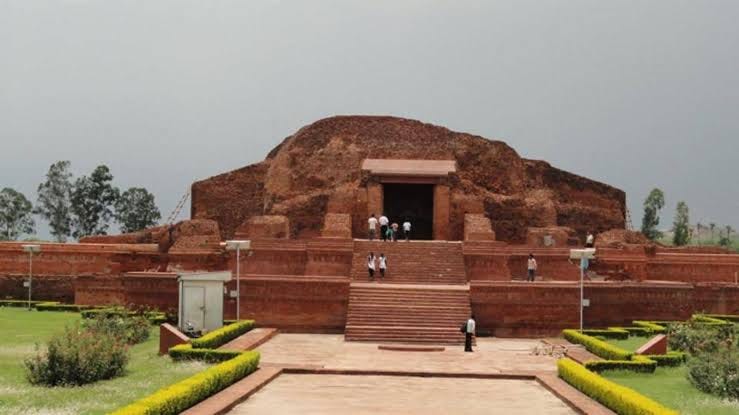
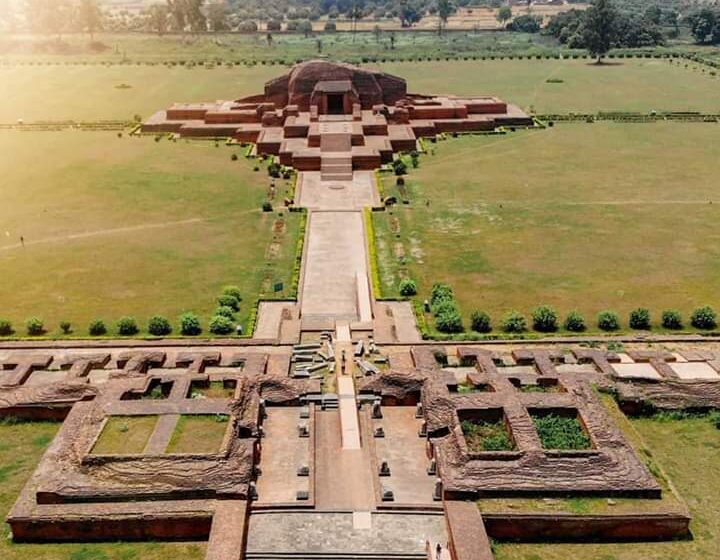
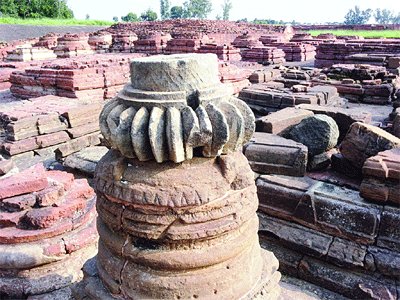
Vikramshila
Vikramshila was a renowned ancient Buddhist learning center located in present-day Bhagalpur district of Bihar, India.
Foundation and Patronage: Vikramshila Mahavihara was established by King Dharmapala of the Pala dynasty in the late 8th century CE, around 783 CE. The Pala rulers were strong supporters of Buddhism, and Vikramshila was one of the many monastic institutions they patronized.
Significance as a Buddhist Center: Vikramshila Mahavihara quickly rose to prominence as a major center of Buddhist learning and scholarship in ancient India. It rivaled the more famous Nalanda University, located nearby, in terms of academic excellence and religious teachings.
Curriculum and Faculty: The Mahavihara attracted renowned scholars and monks from across India and beyond. It offered a comprehensive curriculum covering various branches of Buddhist studies, including philosophy, logic, grammar, and meditation. Vikramshila was particularly renowned for its expertise in the Vajrayana or Tantric Buddhist tradition.
Architecture and Layout: The monastery complex at Vikramshila was constructed in the traditional Buddhist architectural style, featuring multiple stupas, shrines, assembly halls, meditation cells, and residential quarters for monks. The main stupa served as the focal point of the Mahavihara.
Decline and Destruction: Like other ancient Indian centers of learning, Vikramshila faced periods of decline and eventual destruction. The decline of Buddhist patronage, coupled with invasions and political instability in the region, contributed to the Mahavihara’s downfall. Vikramshila is believed to have been destroyed around the 12th century CE, likely during the Muslim invasions of India.
Archaeological Excavations: In the late 20th century, archaeological excavations were carried out at the site of Vikramshila, revealing the remains of its grand structures and providing valuable insights into its history and significance. These excavations have helped to shed light on the intellectual and cultural achievements of ancient India.
Modern Importance: Today, Vikramshila is a protected archaeological site maintained by the Archaeological Survey of India (ASI). It attracts tourists, historians, and scholars interested in exploring the remnants of this once-great center of Buddhist learning and spirituality.
In summary, Vikramshila Mahavihara was a prestigious Buddhist monastery and educational institution that played a crucial role in the dissemination of Buddhist teachings and scholarship in ancient India. Its legacy continues to be remembered and studied as part of India’s rich cultural and religious heritage.
